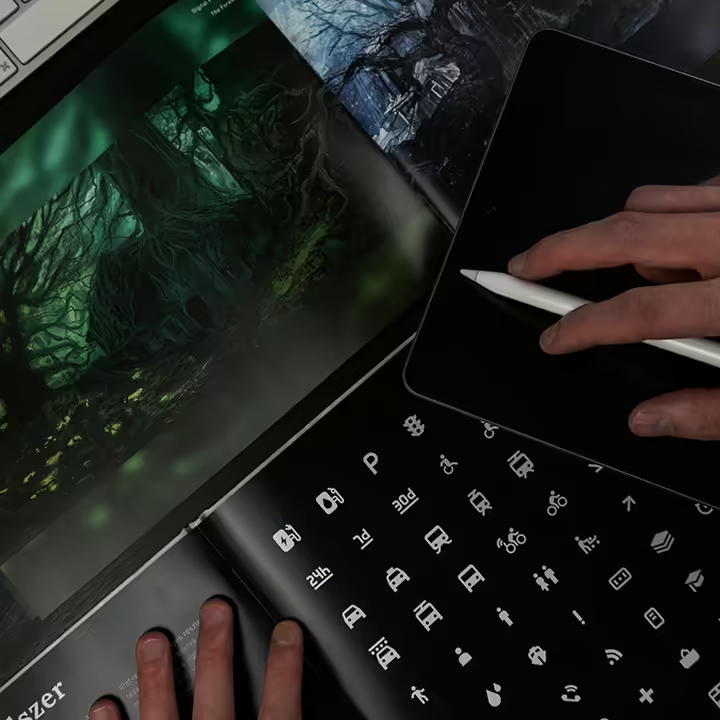Can Design Inspire Change?
Design is everywhere. It’s one of our most important tools, yet it’s often misunderstood—especially in companies that don’t fully integrate it into their daily operations. So, what is design, really? And how has our perspective on it shifted over time?
We believe design isn’t just about aesthetics. It’s about purpose, sustainability, and long-term value. But how can businesses shift their approach to harness the true power of design?

Understanding Design: Beyond Aesthetics
Design is often seen merely as a visual enhancer, improving the look and feel of products and services. This traditional view limits the transformative power of design thinking as a continuous, coherent process.
The first shift is to move from a one-off design process to a broader perspective, recognizing how design can bring purpose and value, alongside aesthetics, to the core of the business.
Circular by Design
According to the World Economic Forum’s Circular Economy: Strategic Intelligence Briefing*, the circular economy is vital for achieving the United Nations’ Sustainable Development Goals. Circular economy models can trigger far-reaching changes in major industries, making circular design essential for moving towards a sustainable future.
Design choices significantly impact the environmental footprint of products and services. Through thoughtful design, we can challenge traditional models and introduce new business concepts based on circularity. This includes creating products with longer lifespans that can be shared, repaired, or upgraded modularly.
In many companies, design is seen as an afterthought. However, design thinking needs to be integrated from the beginning and championed by leadership to create a strong foundation.

Shift Focus to New Business Models
Both new and existing products offer opportunities when designed with circularity in mind. Selling a product is no longer the only model for profit. Consider how the customer journey can transform from a single transaction into multiple transactions and touchpoints throughout a product’s lifecycle, including initial purchases, resale services, repair services, or upgrades. Additionally, exploring closed-loop systems that enable material reuse can further enhance sustainability. This approach highlights the link between purpose and profit.
Commit to Circular Design Principles
Committing to circular design principles is a visible step toward sustainability. Circular design ensures products and processes are planned with their entire lifecycle in mind, reducing waste and promoting efficiency. According to the World Economic Forum*, adopting circular design can significantly reduce waste and greenhouse gas emissions, creating more sustainable and efficient production and consumption systems.
Look at the Bigger Picture
Stay ahead by examining trends and insights from other industries. This broader perspective can inspire new ideas and help you adapt to changing market demands. Embracing sustainability in design and business models is no longer just a trend—it’s a fundamental necessity. The trends lie beyond that and require significant effort from organizations to explore them fully.
Embrace External Perspectives
Bringing in an outside perspective can help you see changes and trends that might not be apparent from within your industry. An outsider’s viewpoint can offer fresh insights and innovative solutions.
To conclude, our perspective and approach to design have evolved from focusing solely on aesthetics to embracing an ongoing, evolving process deeply integrated into the business.
By rethinking design as a foundational element, businesses can achieve significant positive changes. However, this shift requires leadership, vision, and a willingness to challenge the status quo.
Want to know more?
All companies are different, just like people, which is why this business continues to be interesting.
We won’t bite or cost you a dime until we have a clear and transparent agreement. So, feel free to reach out.
